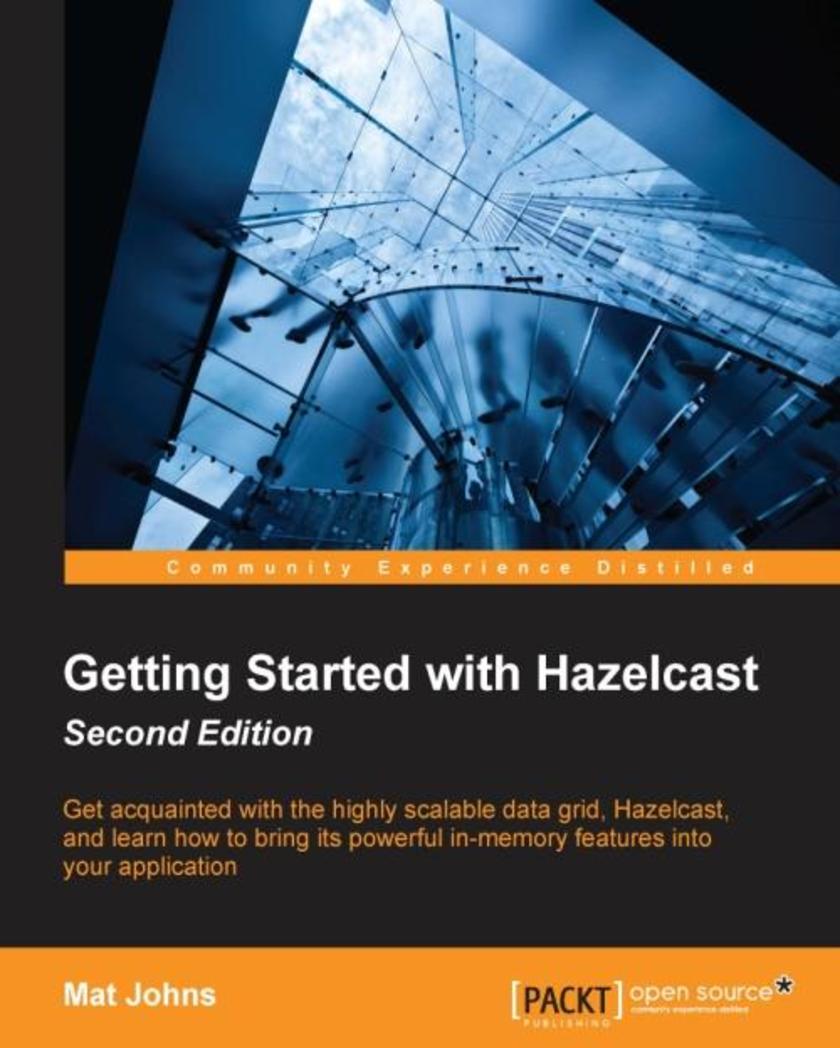
Getting Started with Hazelcast - Second Edition
¥63.21
This book is a great introduction for Java developers, software architects, or DevOps looking to enable scalable and agile data within their applications. Providing in-memory object storage, cluster-wide state and messaging, or even scalable task execution, Hazelcast helps solve a number of issues that have troubled technologists for years.
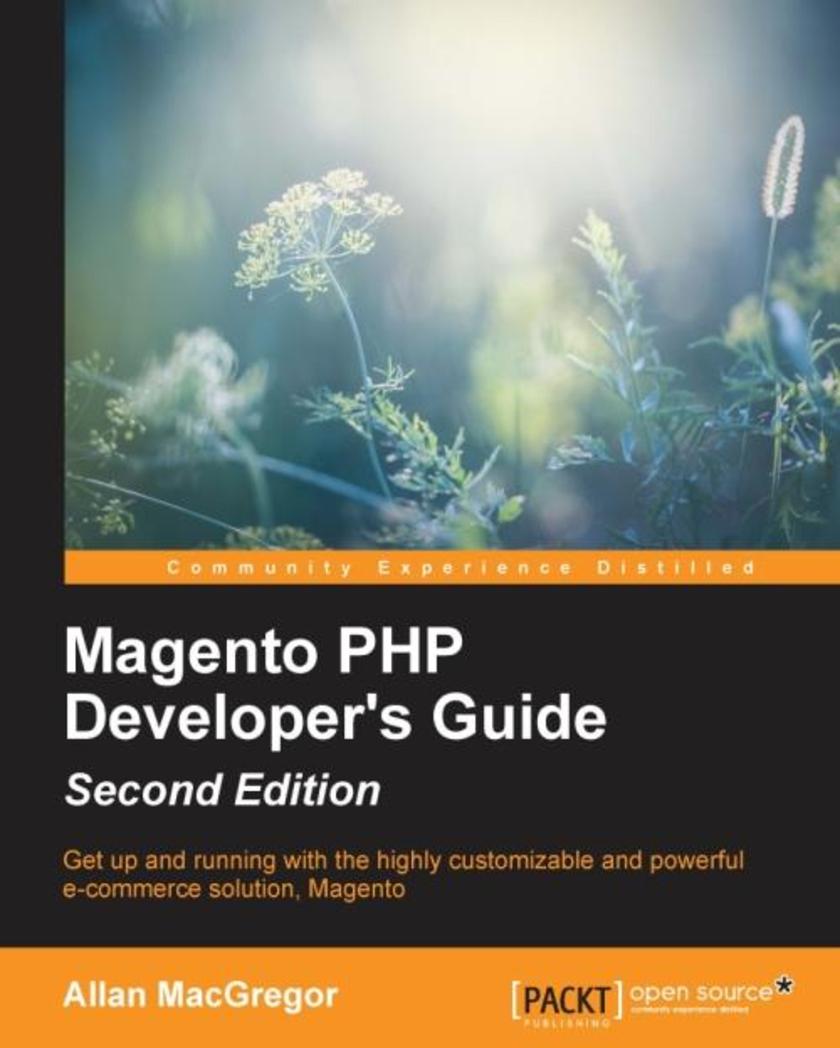
Magento PHP Developer's Guide - Second Edition
¥80.65
This book is written for PHP developers who are familiar with frameworks such as Zend or CakePHP and want to start developing and working with Magento. No prior knowledge of Magento is required.

Mastering Elasticsearch - Second Edition
¥99.18
This book is for Elasticsearch users who want to extend their knowledge and develop new skills. Prior knowledge of the Query DSL and data indexing is expected.
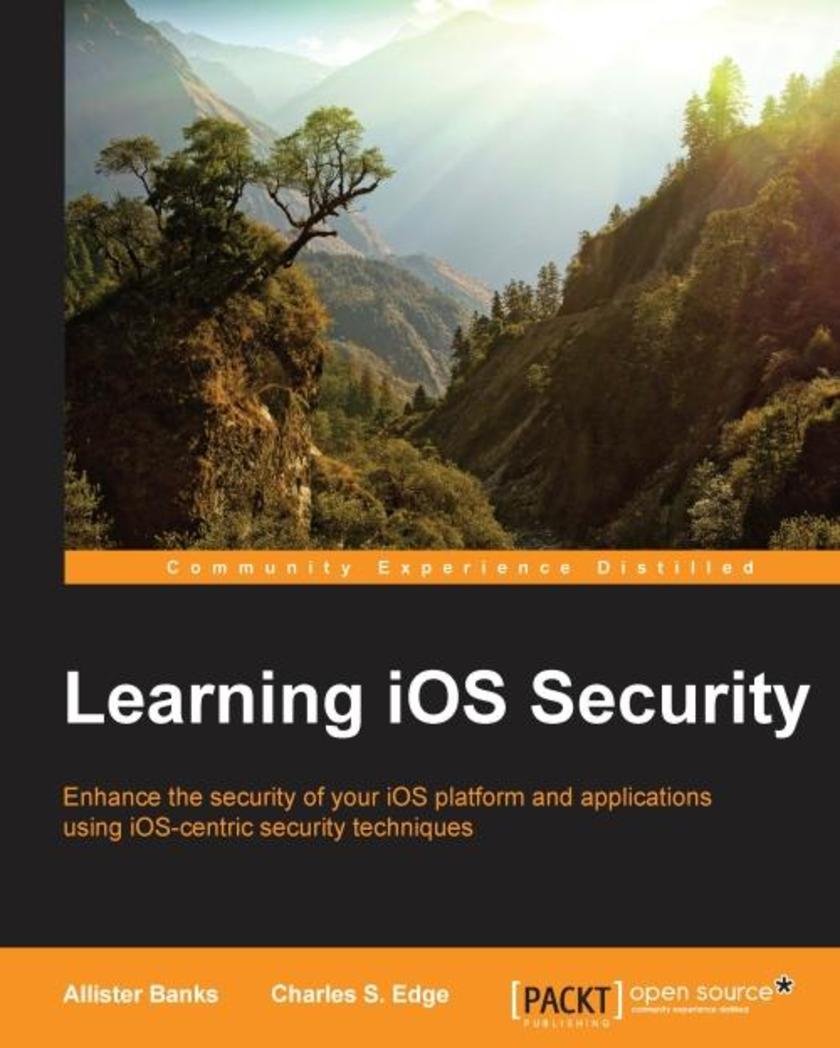
Learning iOS Security
¥45.77
This book is intended for mobile security professionals who want to learn how to secure iOS operating systems and its applications. Any knowledge of iOS architecture would be an added advantage.
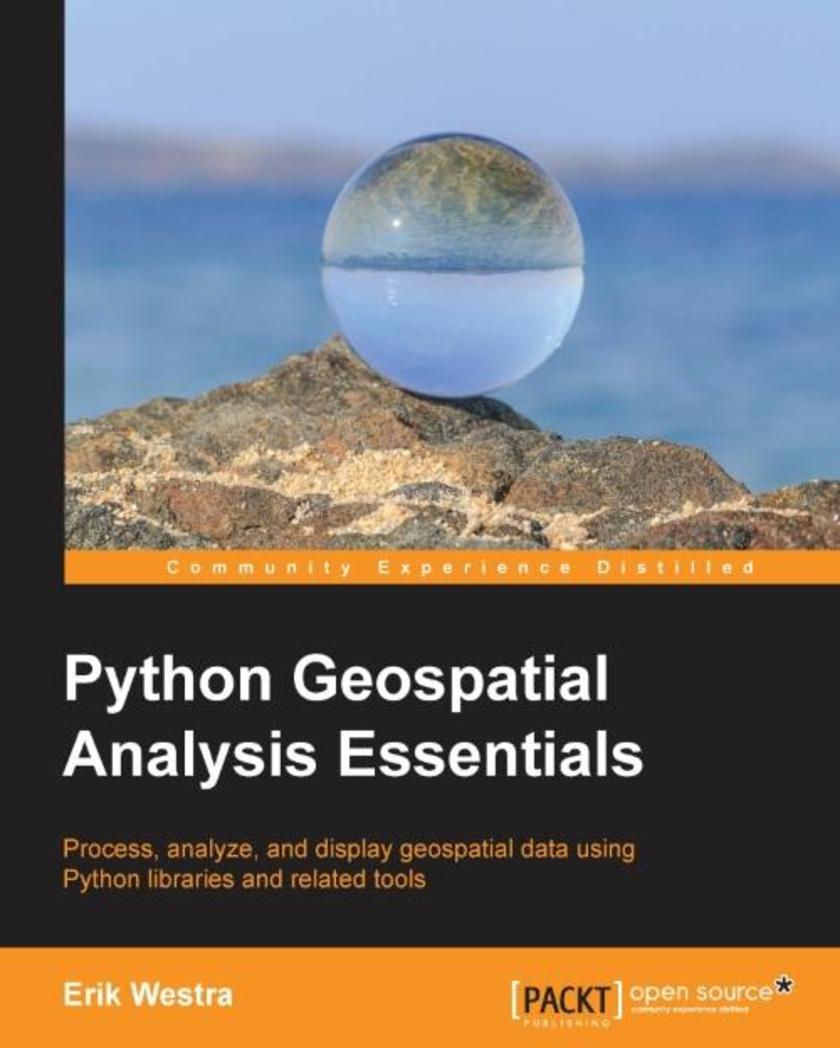
Python Geospatial Analysis Essentials
¥63.21
If you are an experienced Python developer and wish to get up-to-speed with geospatial programming, then this book is for you. While familiarity with installing third-party Python libraries would be an advantage, no prior knowledge of geospatial programming is required.

Microsoft Azure IaaS Essentials
¥45.77
This book is intended for system administrators and other IT professionals who need to both design and implement an Azure-based cloud solution. With the help of this book, you will soon master the basic tasks needed to build a cloud-based solution.
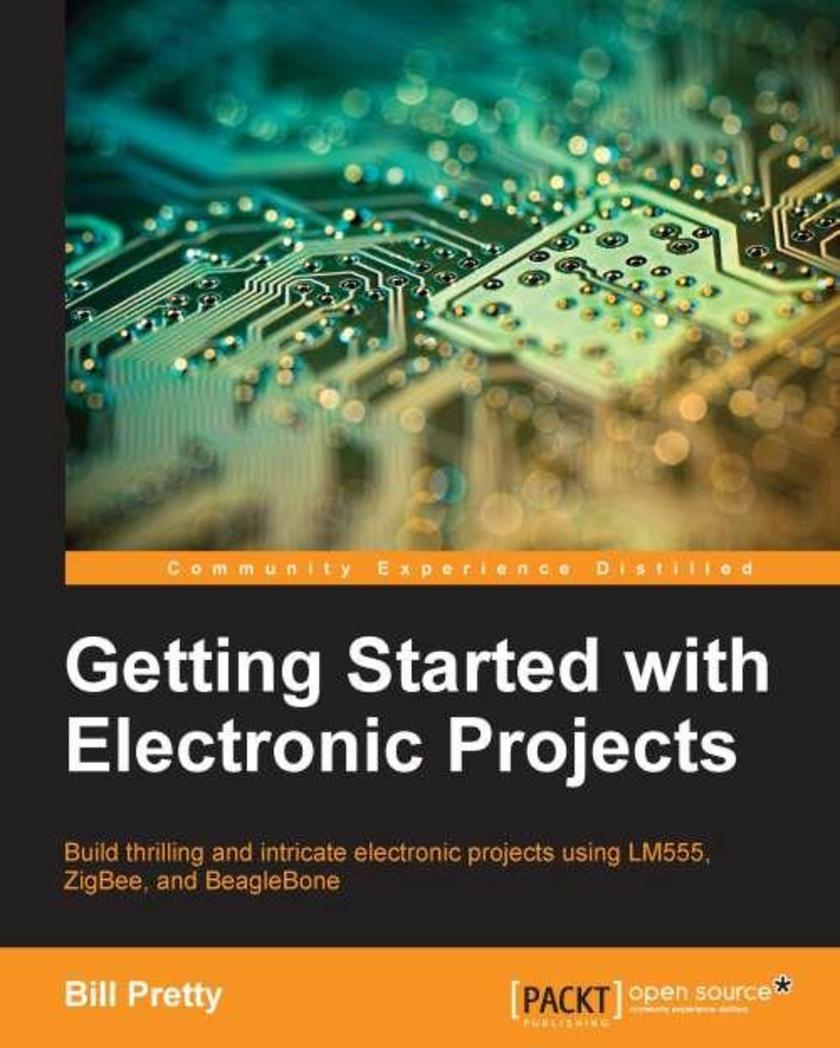
Getting Started with Electronic Projects
¥54.49
This book is aimed at hobbyists with basic knowledge of electronics circuits. Whether you are a novice electronics project builder, a ham radio enthusiast, or a BeagleBone tinkerer, you will love this book.
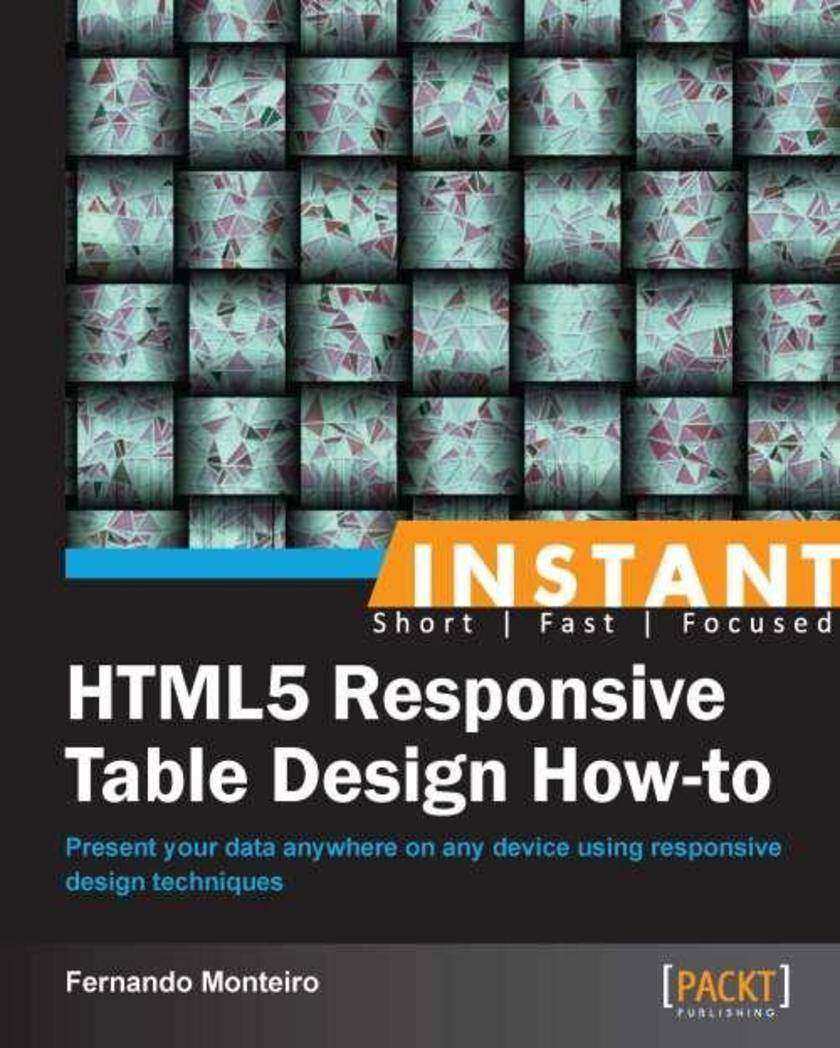
Instant HTML5 Responsive Table Design How-to
¥41.41
Filled with practical, step-by-step instructions and clear explanations for the most important and useful tasks.A practical guide to building responsive tables optimized for any device. Filled with quick recipes that cover responsive design techniques and make use of open source tools that will make your data easy to understand regardless of device. If you, like so many other developers, are struggling to show data across all devices, this book is for you. Dive into responsive design and master one of the trickiest aspects. You don't need to be an expert; you just need to know the basics of web development.
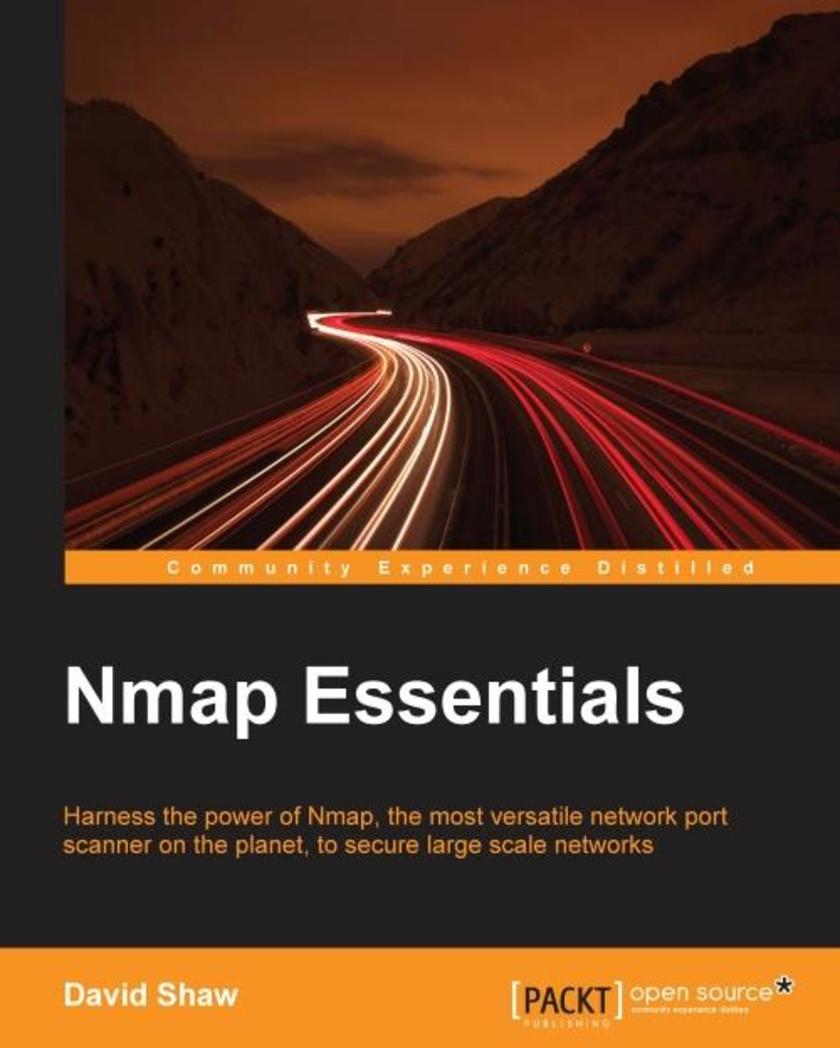
Nmap Essentials
¥45.77
This book is for beginners who wish to start using Nmap, who have experience as a system administrator or of network engineering, and who wish to get started with Nmap.
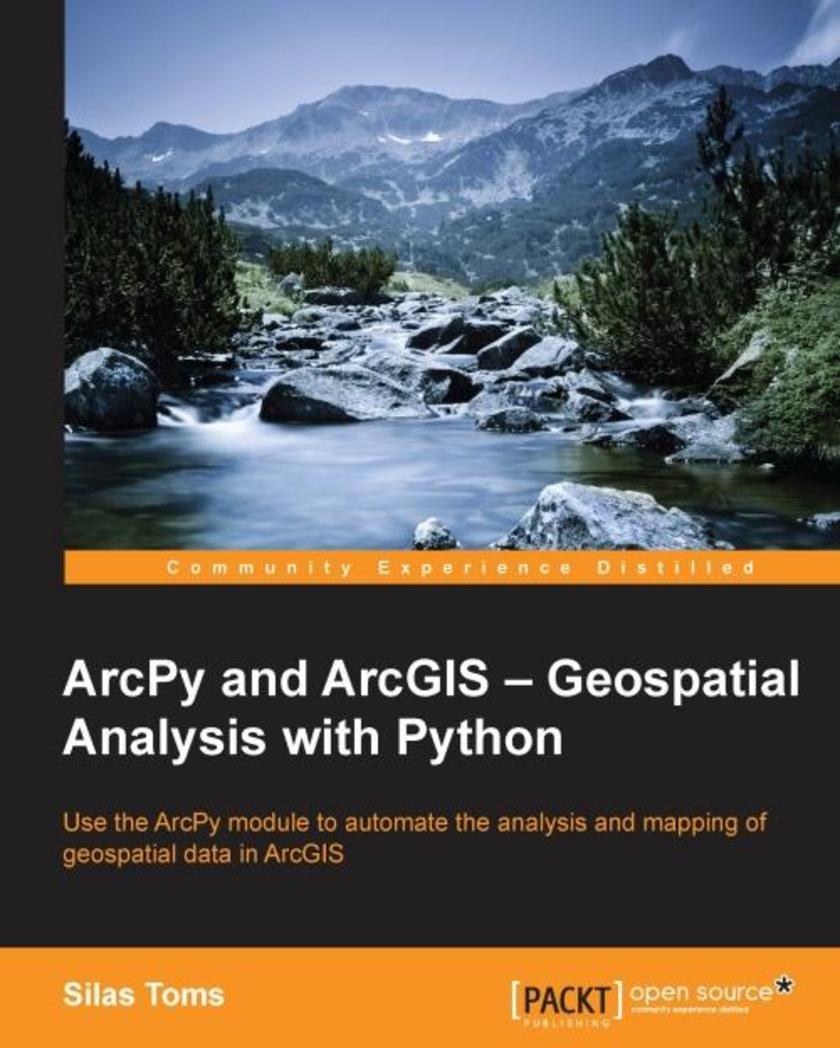
ArcPy and ArcGIS – Geospatial Analysis with Python
¥80.65
If you are a GIS student or professional who needs an understanding of how to use ArcPy to reduce repetitive tasks and perform analysis faster, this book is for you. It is also a valuable book for Python programmers who want to understand how to automate geospatial analyses.
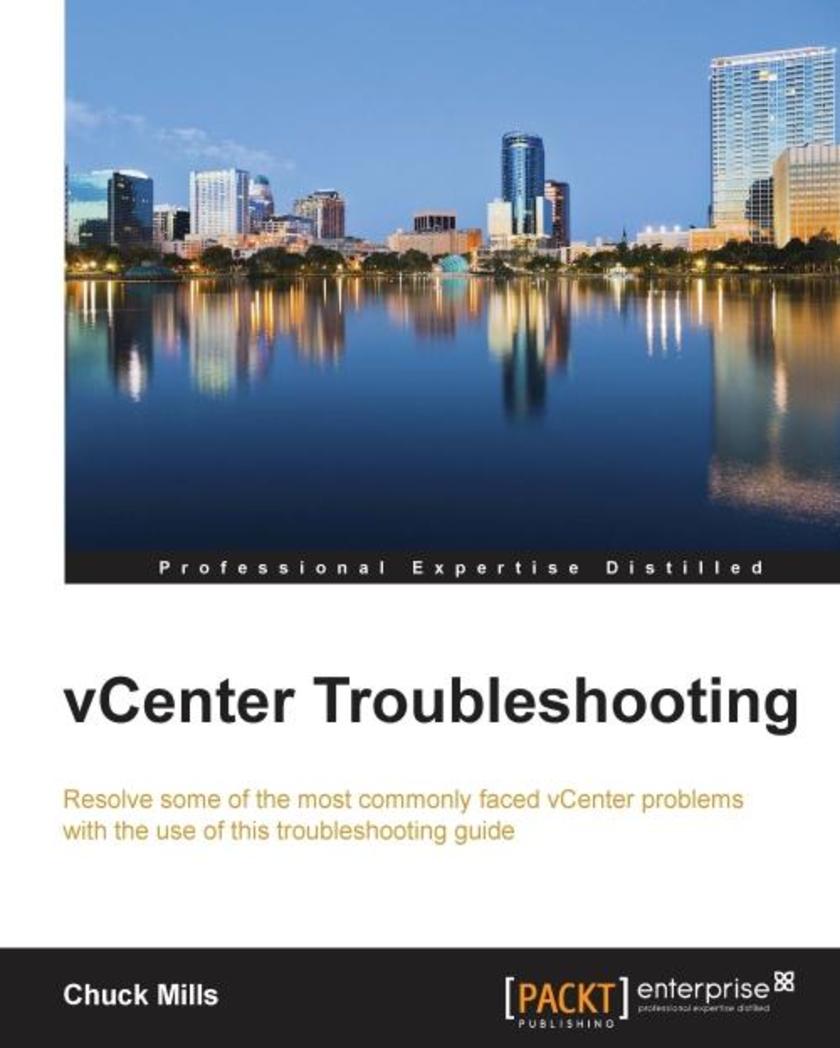
vCenter Troubleshooting
¥54.49
The book is designed for the competent vCenter administrator or anyone who is responsible for the vSphere environment. It can be used as a guide by vSphere architects and VMware consultants for a successful vSphere solution. You should have good knowledge and an understanding of core elements and applications of the vSphere environment.
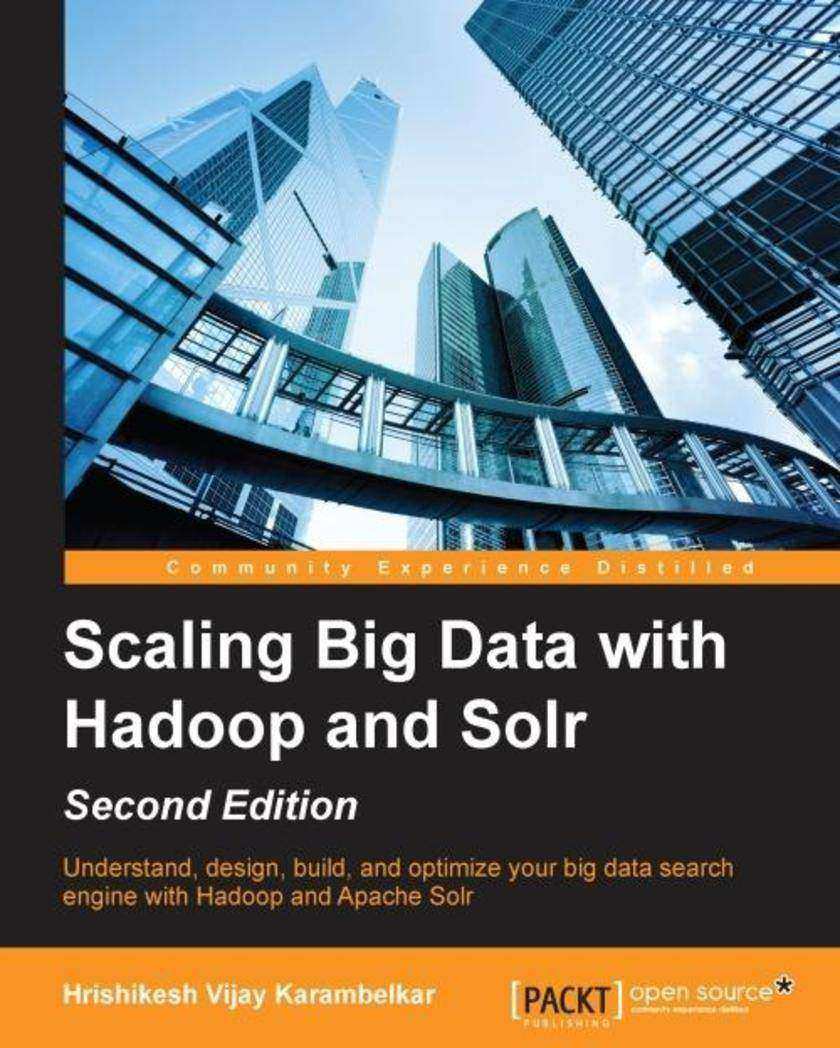
Scaling Big Data with Hadoop and Solr - Second Edition
¥80.65
This book is aimed at developers, designers, and architects who would like to build big data enterprise search solutions for their customers or organizations. No prior knowledge of Apache Hadoop and Apache Solr/Lucene technologies is required.
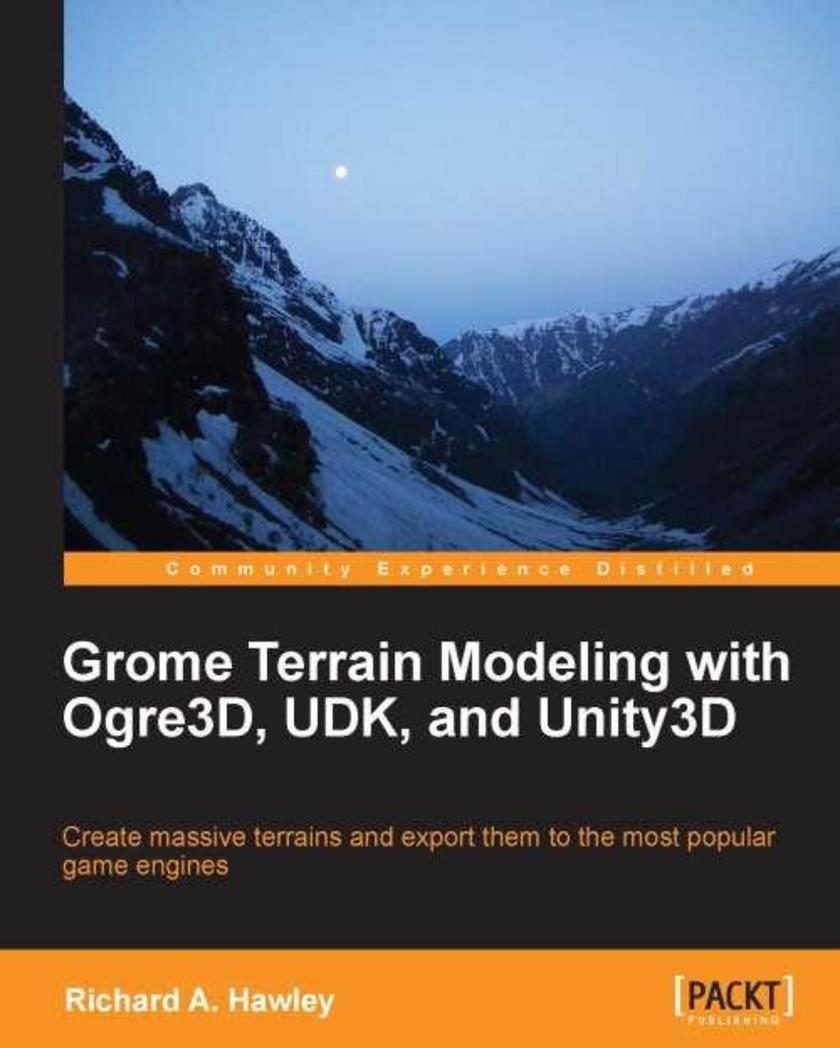
Grome Terrain Modeling with Ogre3D, UDK and Unity3D
¥54.49
This book is a practical guide with examples and clear steps to explain terrain modeling with Grome. If you’re a developer or artist looking for a guide to walk you through GROME 3.1, then this book is for you. This book will help you from the first step to exporting a terrain as a workable art asset in a game engine.
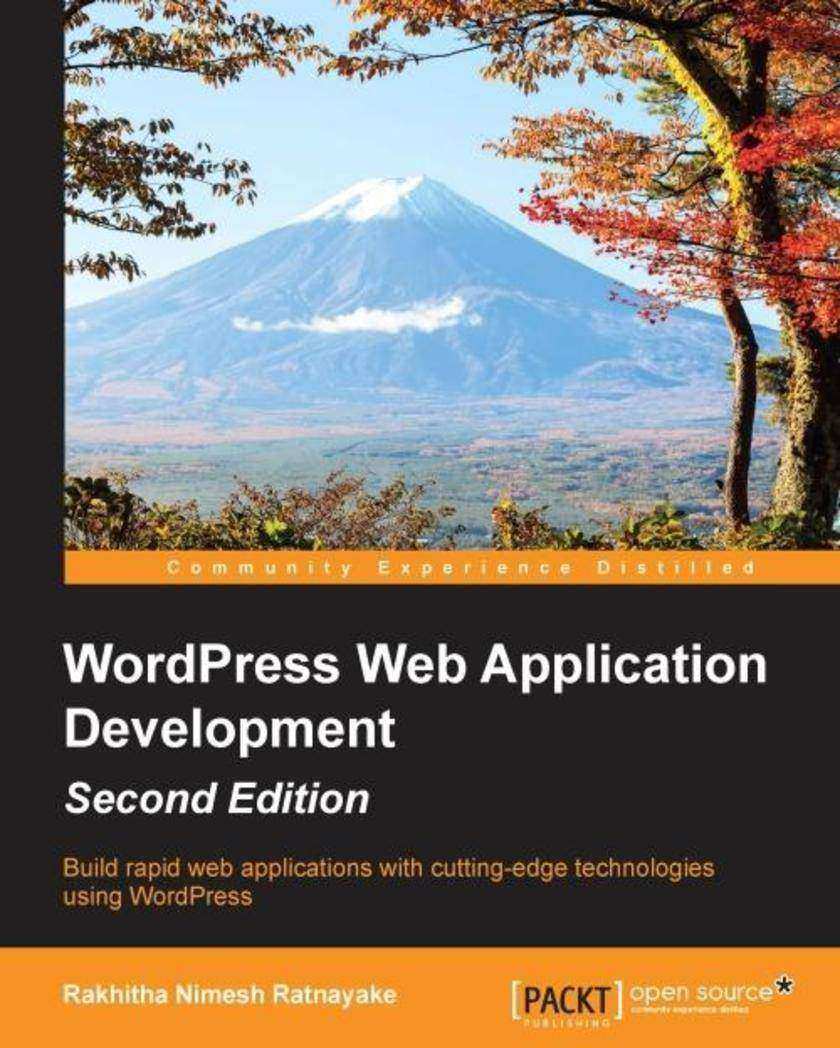
WordPress Web Application Development - Second Edition
¥90.46
This book is intended for WordPress developers and designers who want to develop quality web applications within a limited time frame and for maximum profit. Prior knowledge of basic web development and design is assumed.

Instant RESS Implementation: How To
¥41.41
Filled with practical, step-by-step instructions and clear explanations for the most important and useful tasks .Written with developers in mind this guide will show you how to make use of RESS using easy to follow examples and step by step solutions. Using PHP, HTML5, JavaScript and CSS this book will give you a solid foundation in RESS. You will need to have a good grasp of these languages as the techniques used are advanced.
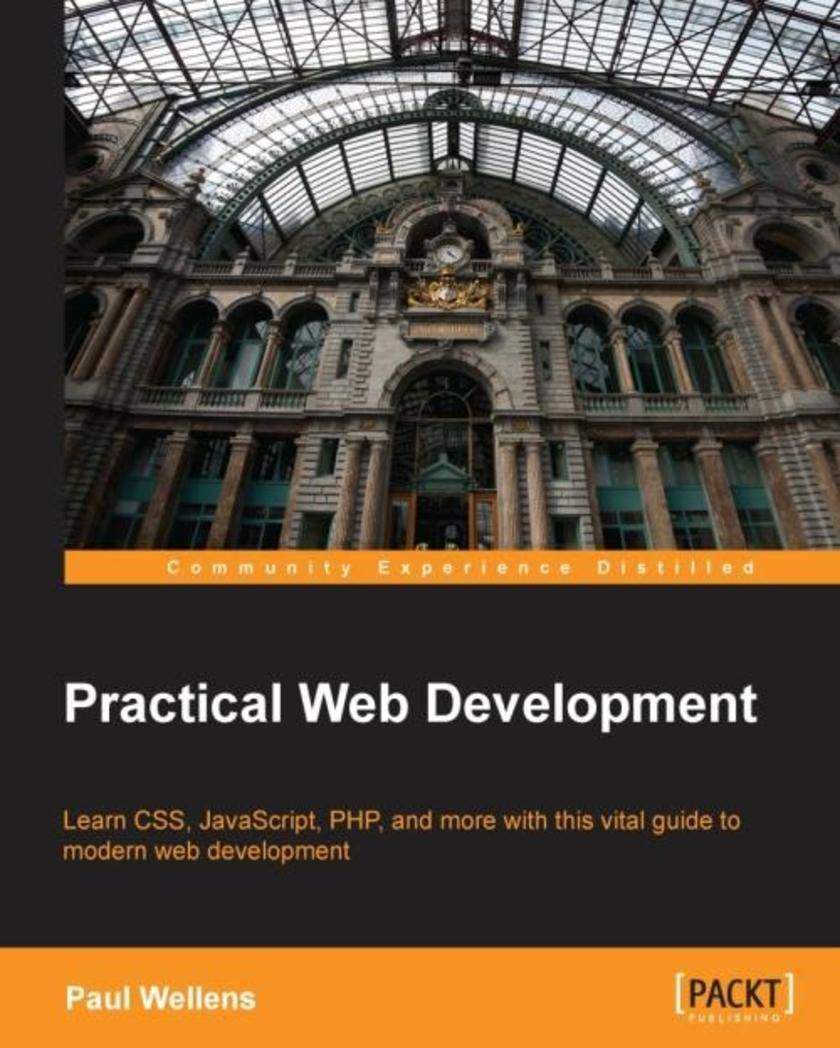
Practical Web Development
¥80.65
This book is perfect for beginners who want to get started and learn the web development basics, but also offers experienced developers a web development roadmap that will help them to extend their capabilities.
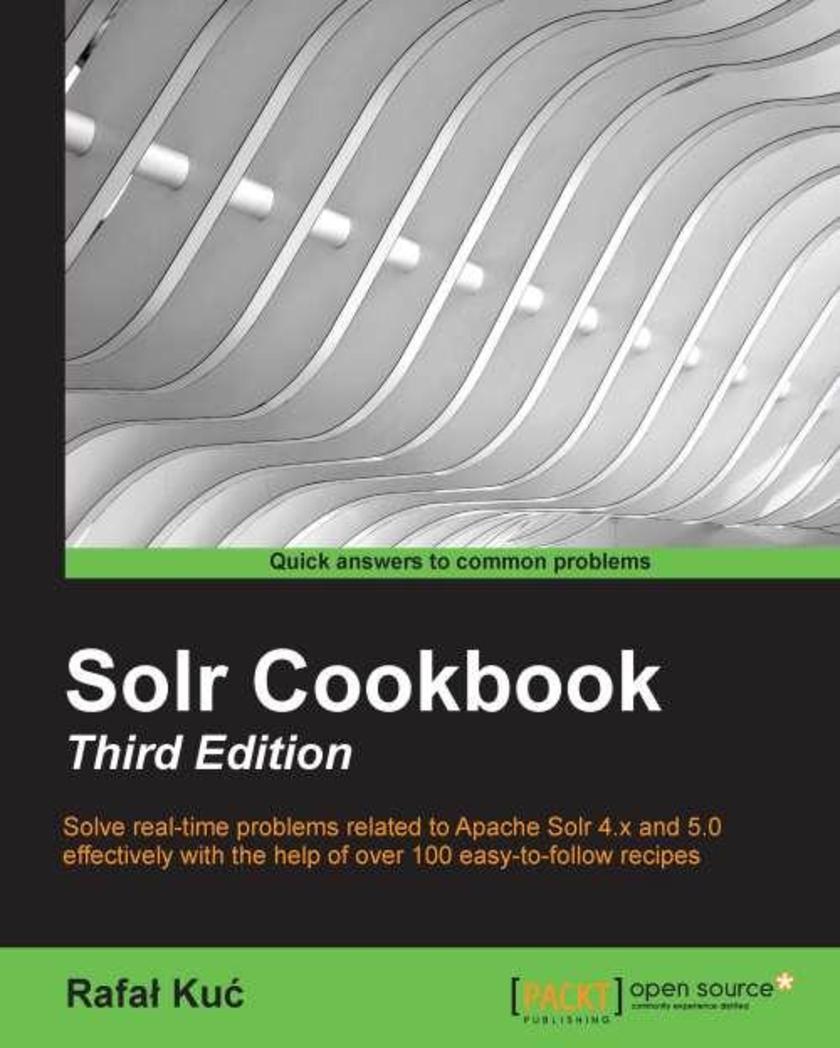
Solr Cookbook - Third Edition
¥90.46
This book is for intermediate Solr Developers who are willing to learn and implement Pro-level practices, techniques, and solutions. This edition will specifically appeal to developers who wish to quickly get to grips with the changes and new features of Apache Solr 5.
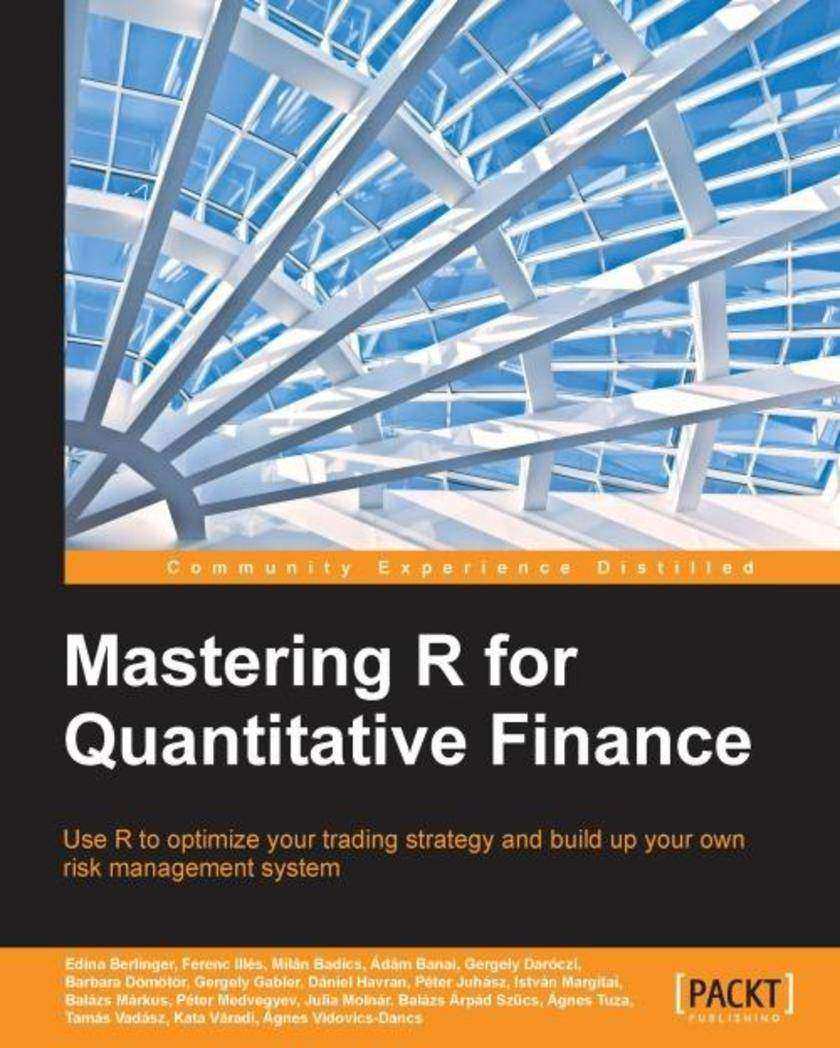
Mastering R for Quantitative Finance
¥90.46
This book is intended for those who want to learn how to use R's capabilities to build models in quantitative finance at a more advanced level. If you wish to perfectly take up the rhythm of the chapters, you need to be at an intermediate level in quantitative finance and you also need to have a reasonable knowledge of R.
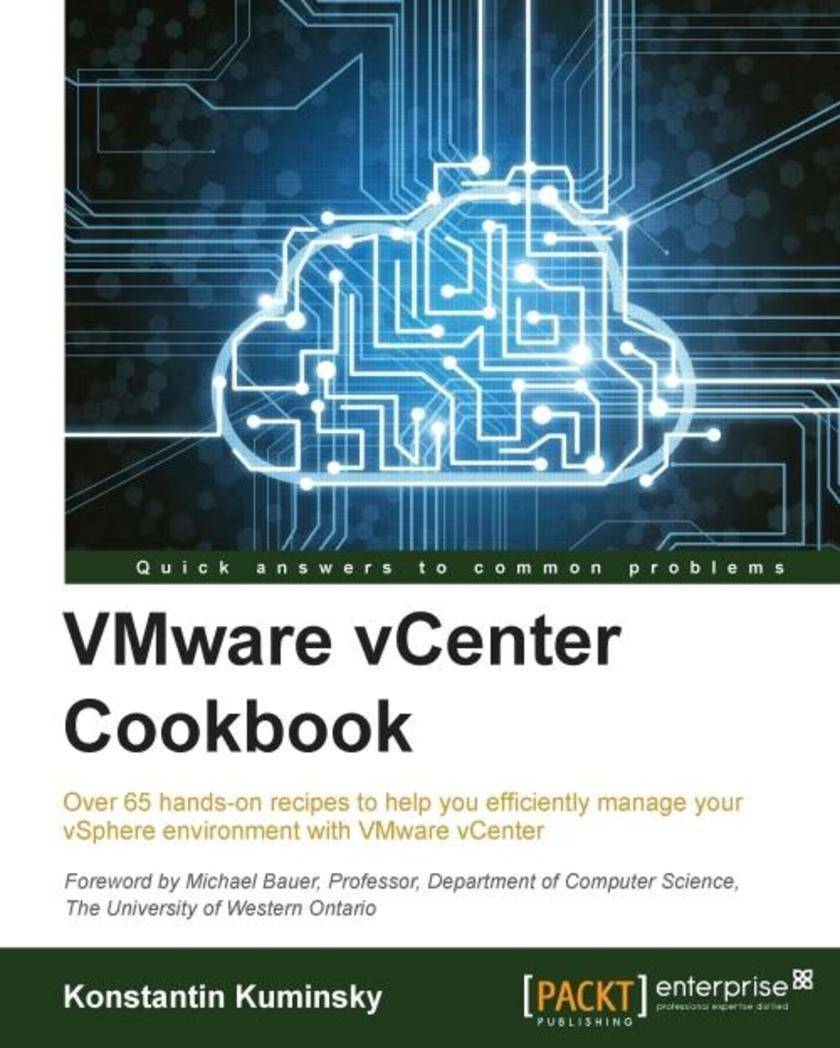
VMware vCenter Cookbook
¥99.18
If you are a system administrator who has some experience with virtualization and already uses VMware vCenter, but wishes to learn more, then this is the book for you. If you are looking for tips or shortcuts for common administration tasks as well as workarounds for pain points in vSphere administration, you'll find this guide useful.
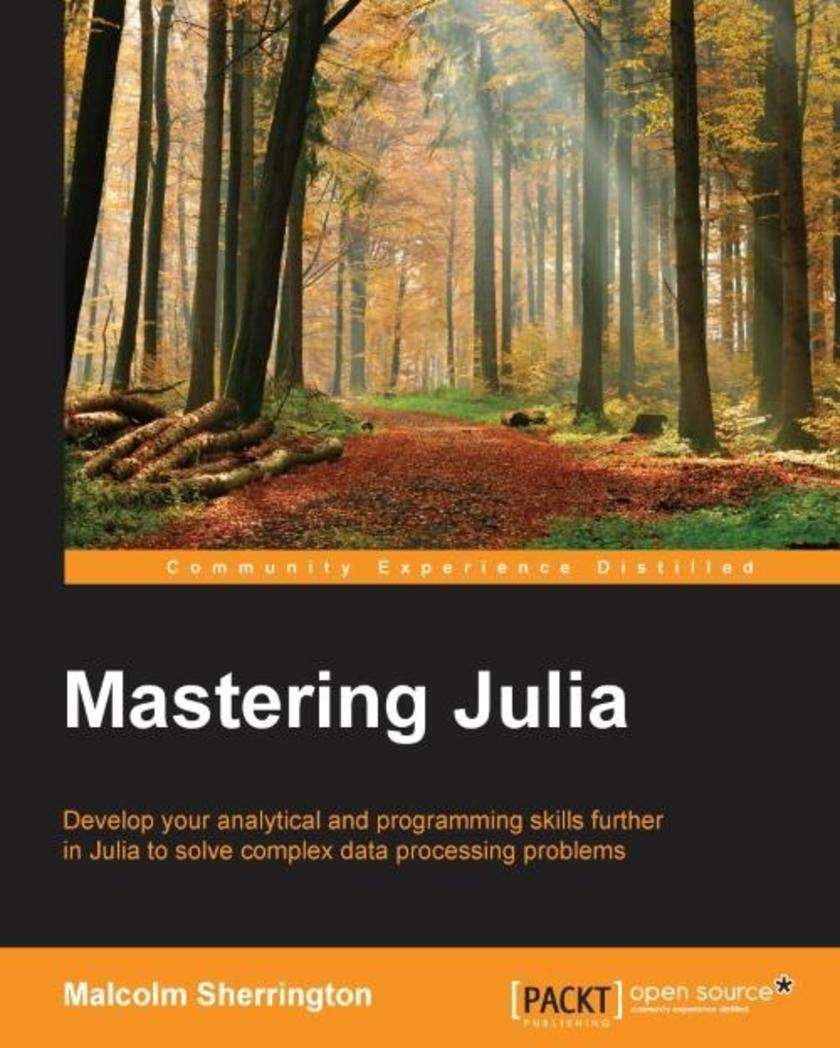
Mastering Julia
¥99.18
This hands-on guide is aimed at practitioners of data science. The book assumes some previous skills with Julia and skills in coding in a *ing language such as Python or R, or a compiled language such as C or Java.

Autodesk AutoCAD 2013 Practical 3D Drafting and Design
¥99.18
This book is written in a practical and friendly style with practical tutorials, exercises, and detailed images which will help you master the third dimension. This book is intended for everyone who wants to create accurate 3D models in AutoCAD, like architecture, engineering, or design professionals, and students. Only basic understanding of 2D AutoCAD is needed.




 购物车
购物车 个人中心
个人中心



